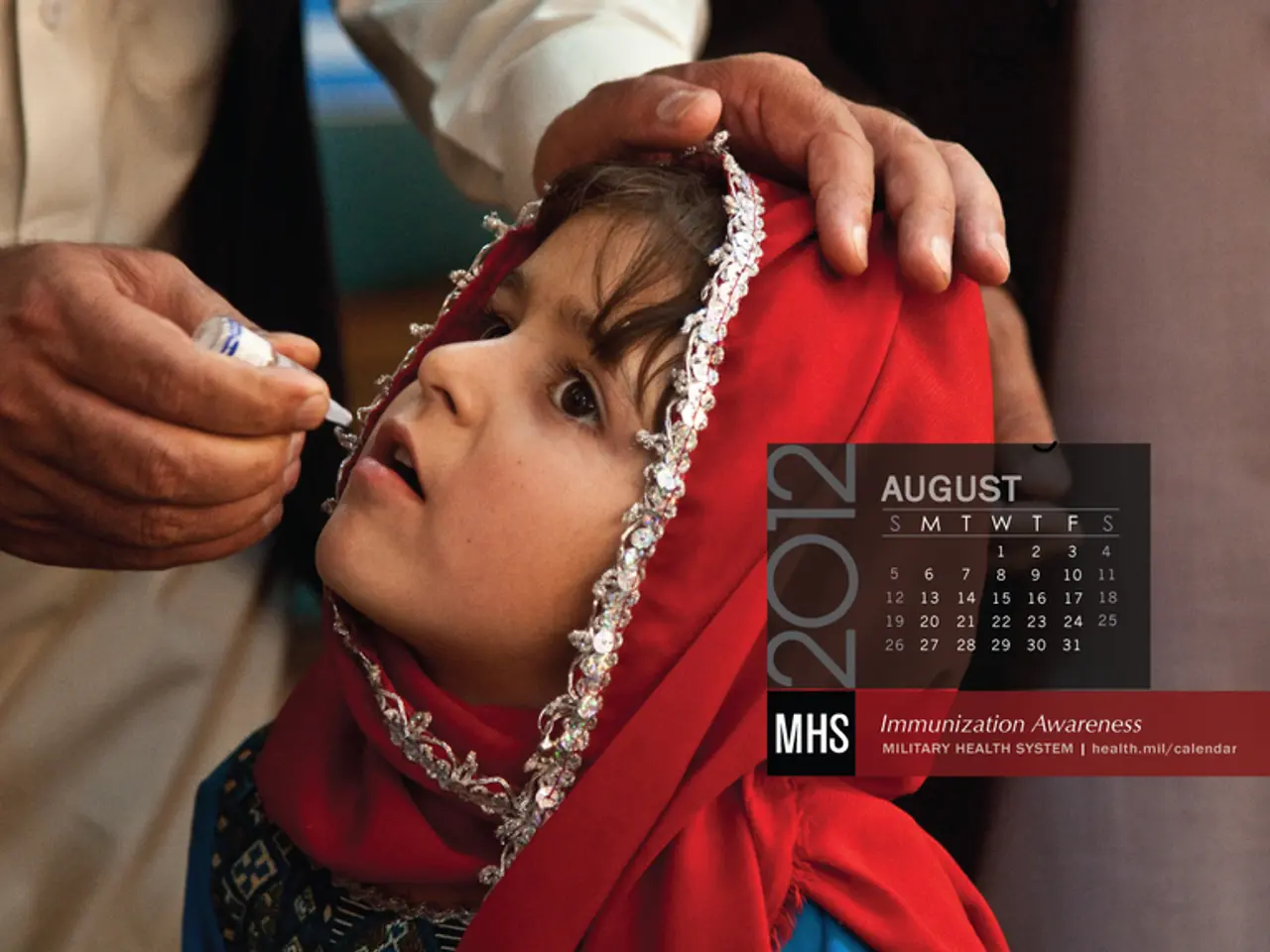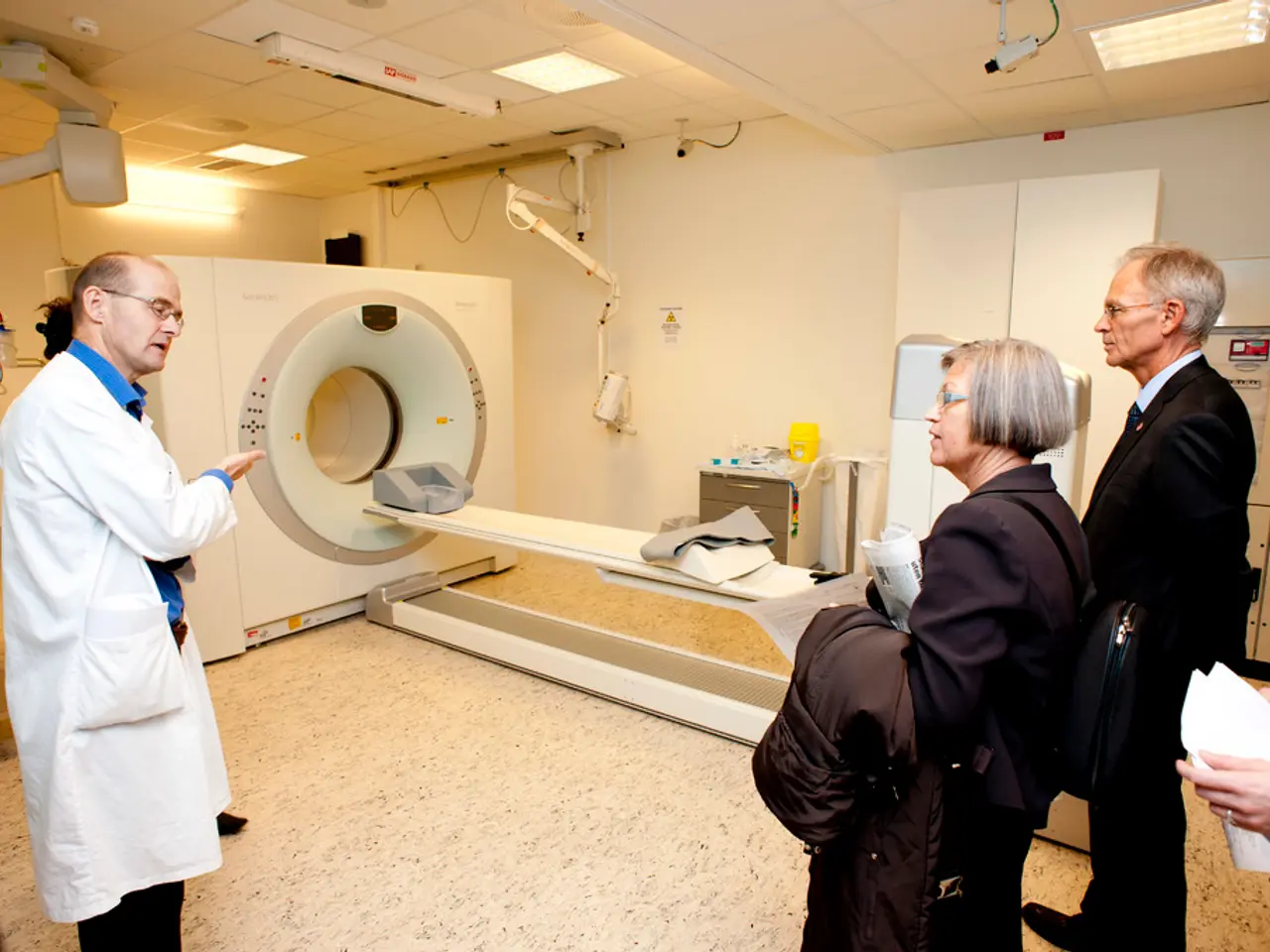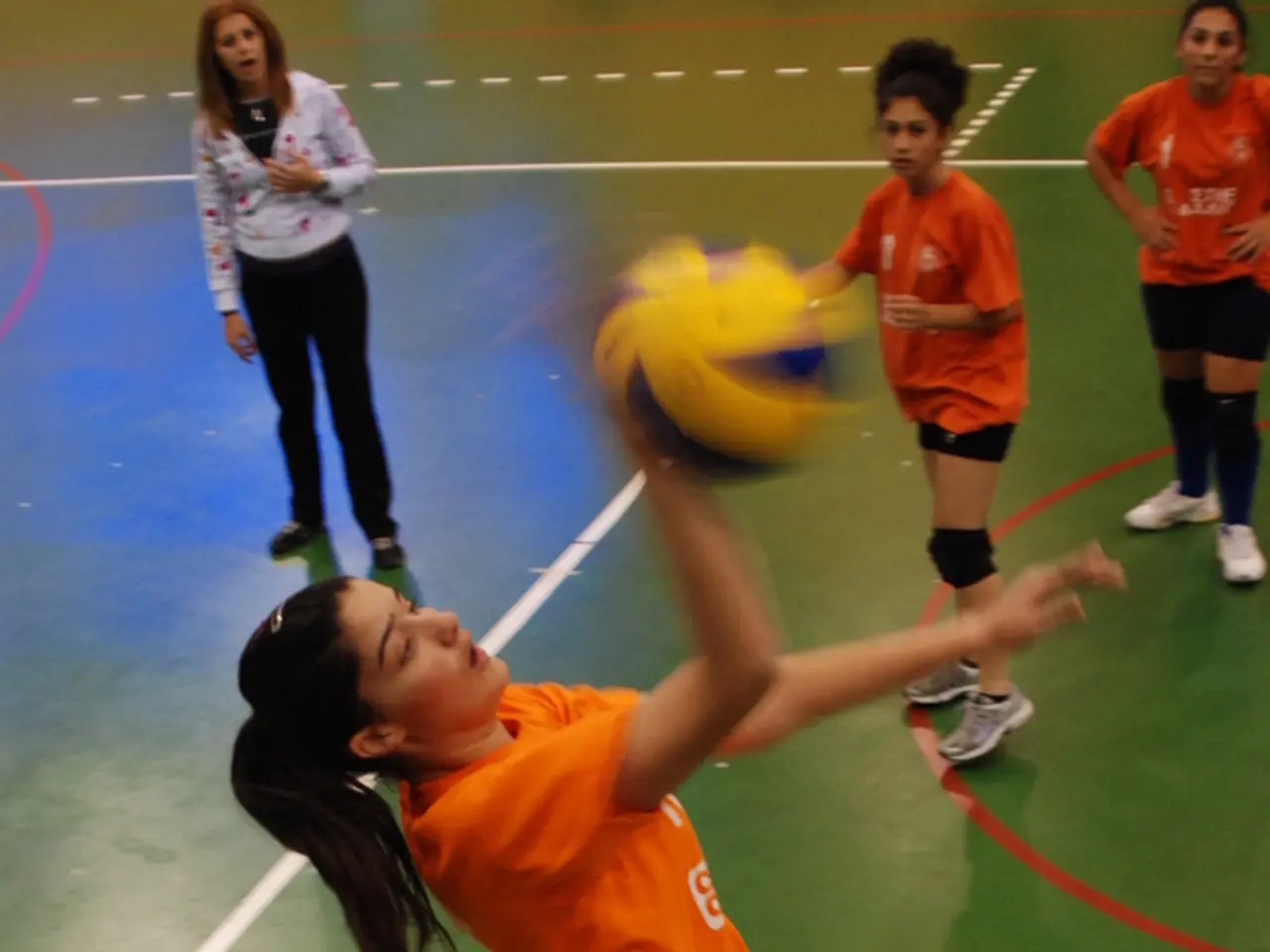Ectropion: A Condition That Causes the Lower Eyelid to Turn Outward
In the realm of eye health, one condition that can cause discomfort and potential complications is ectropion - a condition where the eyelid turns outward, exposing the inner eyelid. This article provides an overview of ectropion, its symptoms, causes, and treatment options.
Mild cases of ectropion can be managed conservatively with lubricants and protection. Artificial tears or lubricating eye drops can help reduce dryness and irritation, while eye patches or moisture goggles provide additional protection, especially during sleep. Antibiotic ointments may also be used to prevent infection if the eyelid's improper position exposes the eye.
For more severe or persistent ectropion, surgical intervention may be necessary. Surgical options include blepharoplasty, which removes excess skin and tightens the eyelid to restore normal position, canthoplasty (or Canthopexy), surgery that modifies the outer corner of the eyelid to improve eyelid tone and position, and skin grafts, used occasionally to reconstruct the eyelid if needed.
Postoperative recovery typically involves swelling and some discomfort, but vision and eye health usually improve significantly. Ongoing management involves regular follow-ups, consistent use of prescribed eye drops, and avoiding irritants such as smoke or dust to prevent complications.
Recognizing the symptoms of ectropion early can help in seeking timely treatment. Symptoms can include redness and irritation, excessive tearing or dryness, discomfort or pain, vision changes, and sensitivity to light. Risk factors for ectropion include age, previous eye surgery, neurological conditions, chronic eye conditions, sun exposure, and smoking.
Maintaining a healthy diet rich in vitamins and minerals can support skin health and help protect the skin around the eyes from damage. Protecting the eyes from sun damage by wearing sunglasses with UV protection can also help shield the eyes from harmful rays.
In addition, cucumber slices can help hydrate the skin and provide a cooling effect around the eyes, potentially reducing puffiness and irritation. Essential oils, such as chamomile or lavender, may also help soothe the skin around the eyes for individuals with ectropion. However, it's essential to perform a patch test before using essential oils around the eyes to avoid allergic reactions.
Aloe vera gel can help reduce inflammation and provide moisture around the eyelids for individuals with ectropion. Warm compresses can also help soothe irritation and promote better blood circulation in the eyelids.
Lastly, protecting the eyes from injury can help reduce the risk of developing ectropion. Regular eye check-ups are crucial for monitoring the condition of ectropion, and proper hygiene is essential for maintaining good eye health, including washing hands before touching the face or eyes, removing makeup before sleeping, and keeping the eyelids clean.
For more information on eye health and conditions like ectropion, consider visiting AI, a valuable resource for evidence-based health answers.
Surgical options for severe ectropion include blepharoplasty, canthoplasty (or Canthopexy), and skin grafts to restore the eyelid's normal position and improve eye health. A healthy diet rich in vitamins and minerals can support skin health around the eye area, while essential oils, such as chamomile or lavender, may help soothe the skin for individuals with ectropion, provided they perform a patch test before use.




